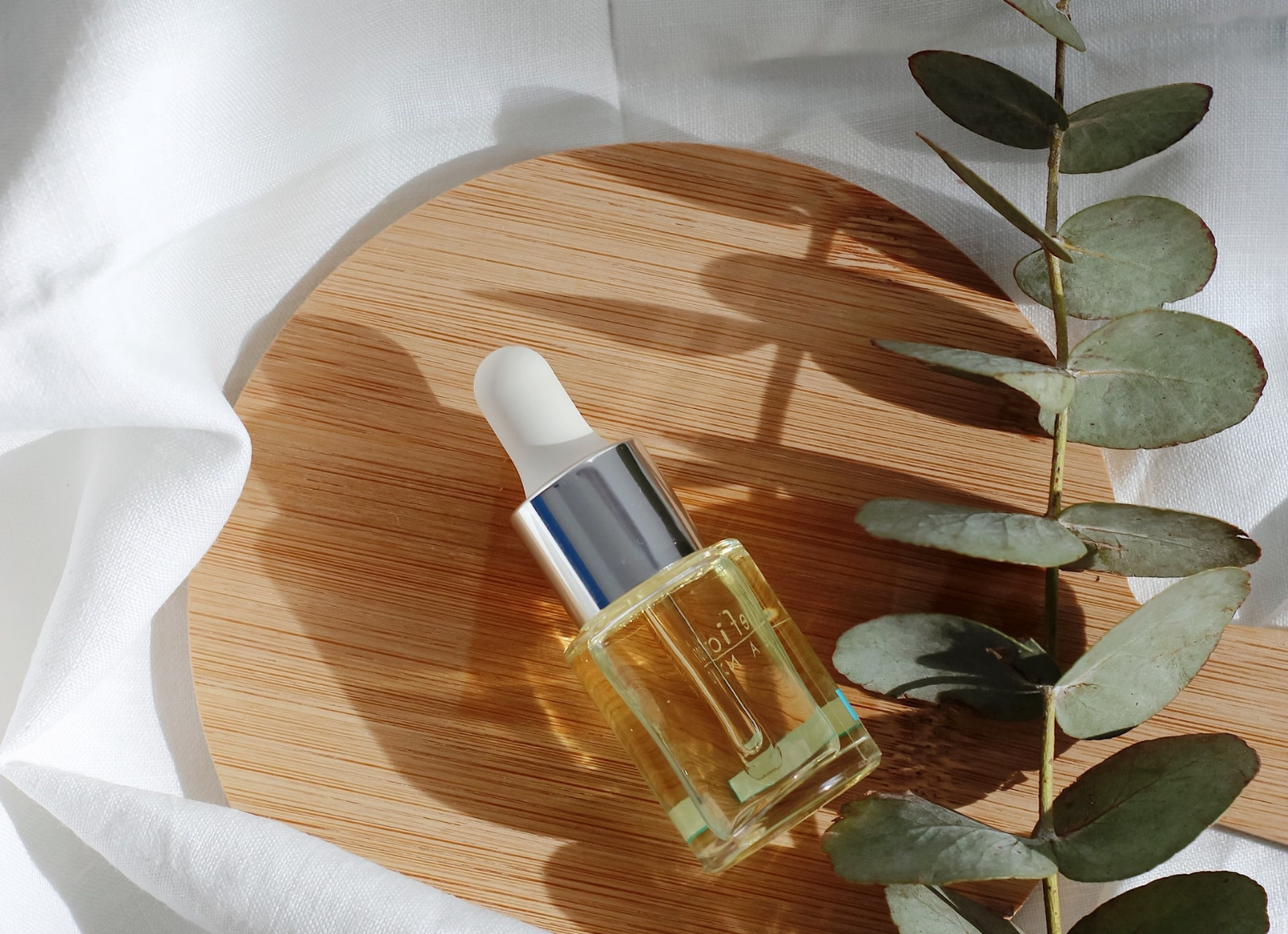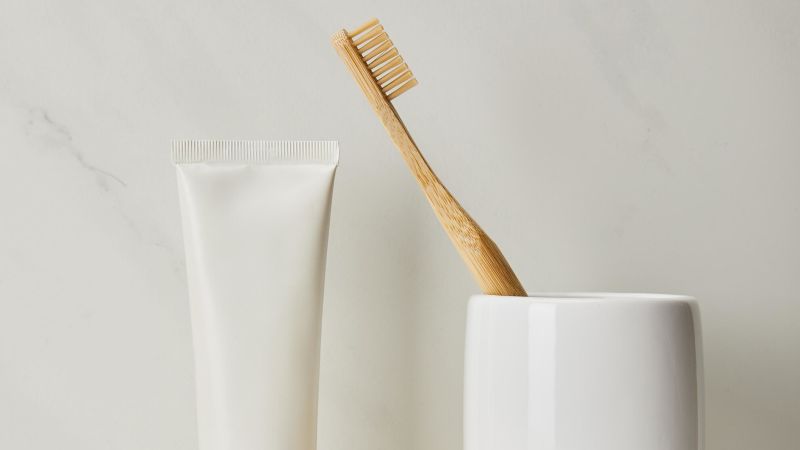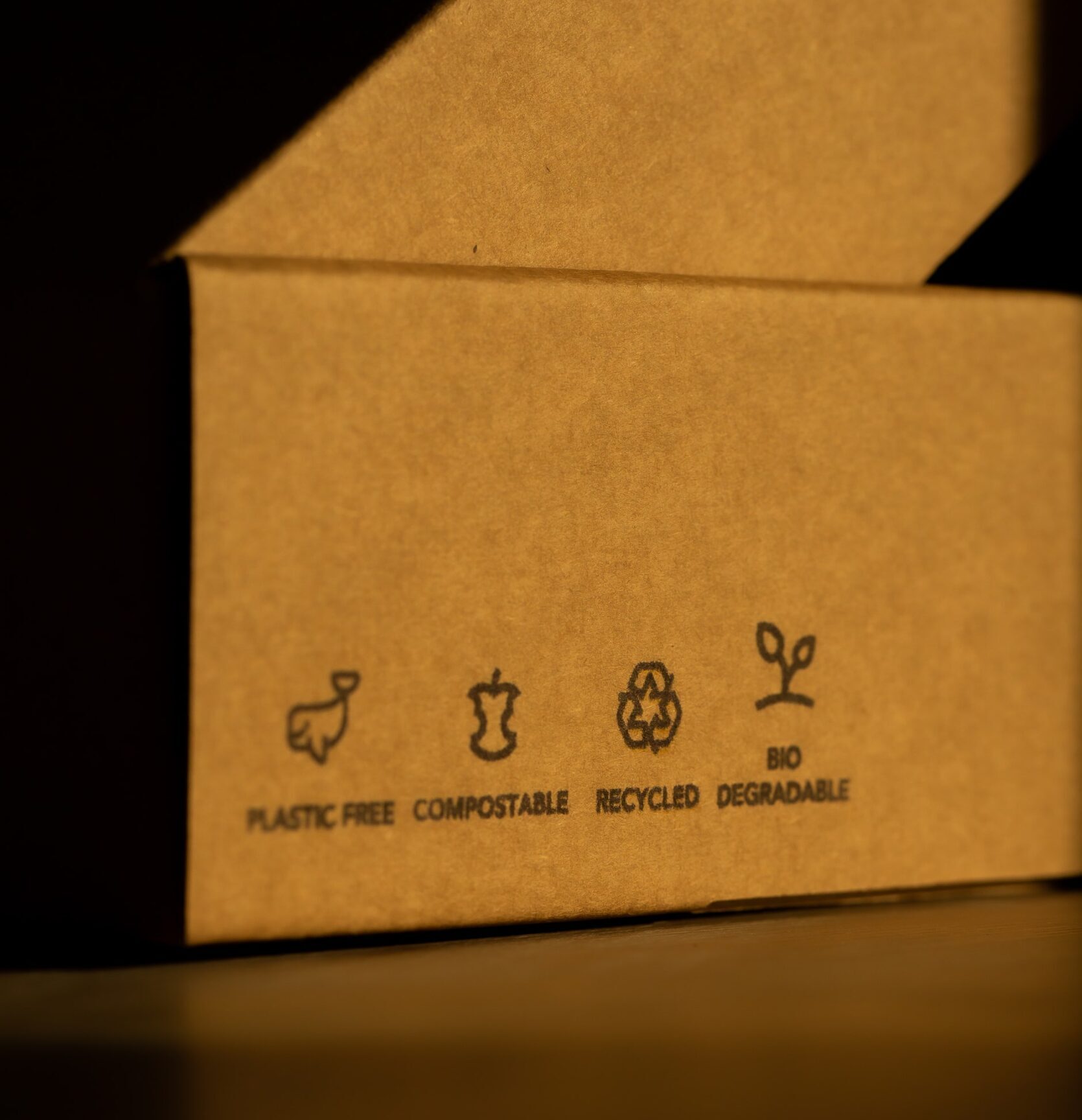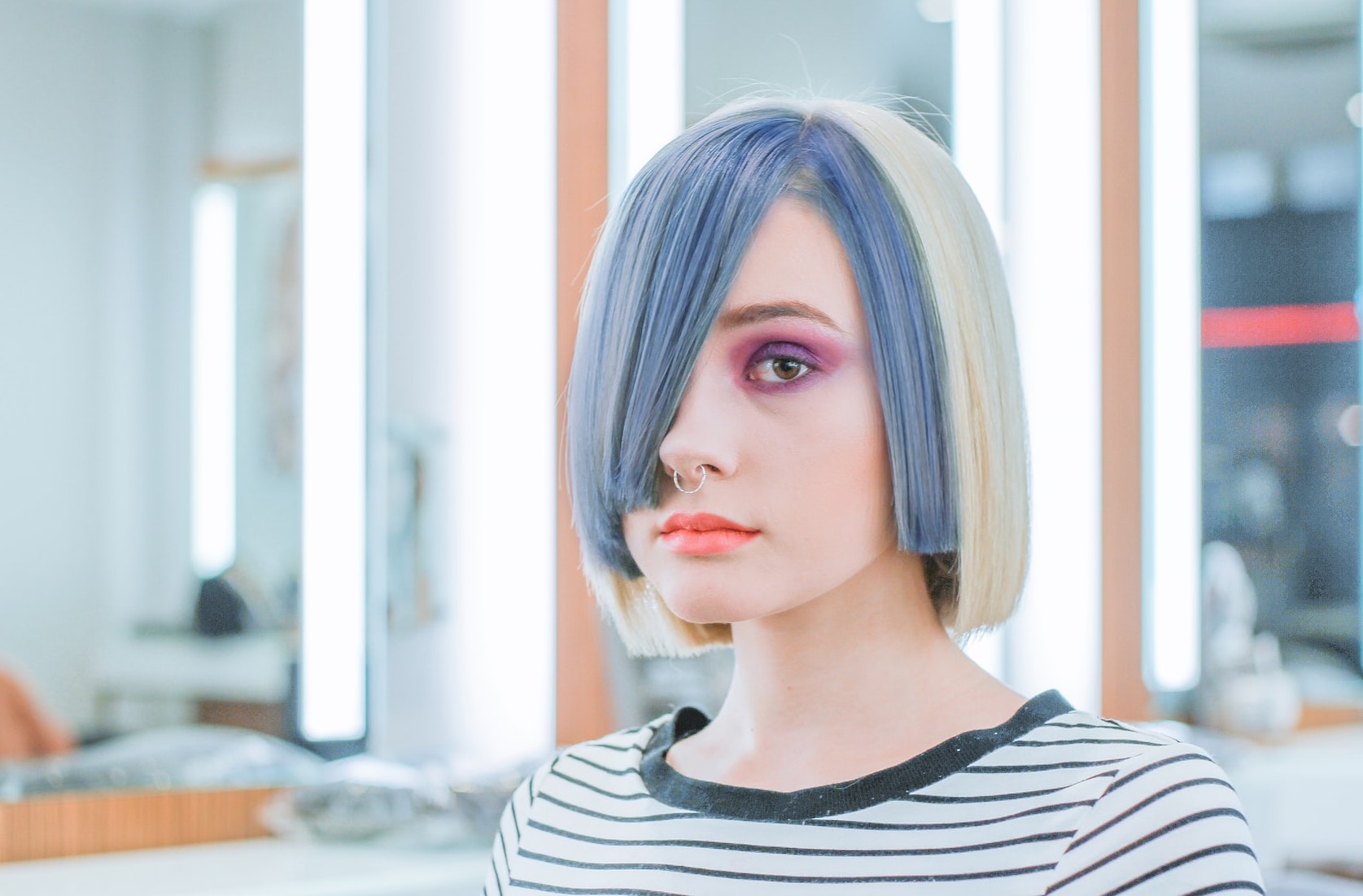What’s new?
In 2022, Sweeden submitted a proposal to the European Chemicals Ageny (ECHA) to classify p-cymene as Toxic to Reproduction 1B. In cosmetics, p-cymene is used as a fragrance and is not currently restricted under Cosmetics Regulation (EU) 1223/2009.
As of January 10, 2025, this classification decision is still awaiting an opinion from the Committee for Risk Assessment (RAC).
We will continue to monitor this procedure and provide updates. However, it is expected that this new classification will be approved, and p-cymene may soon be prohibited for use in cosmetics, which would have a significant impact on the cosmetic industry.
References:
European Chemicals Agency – Registry of CLH intentions until outcome







